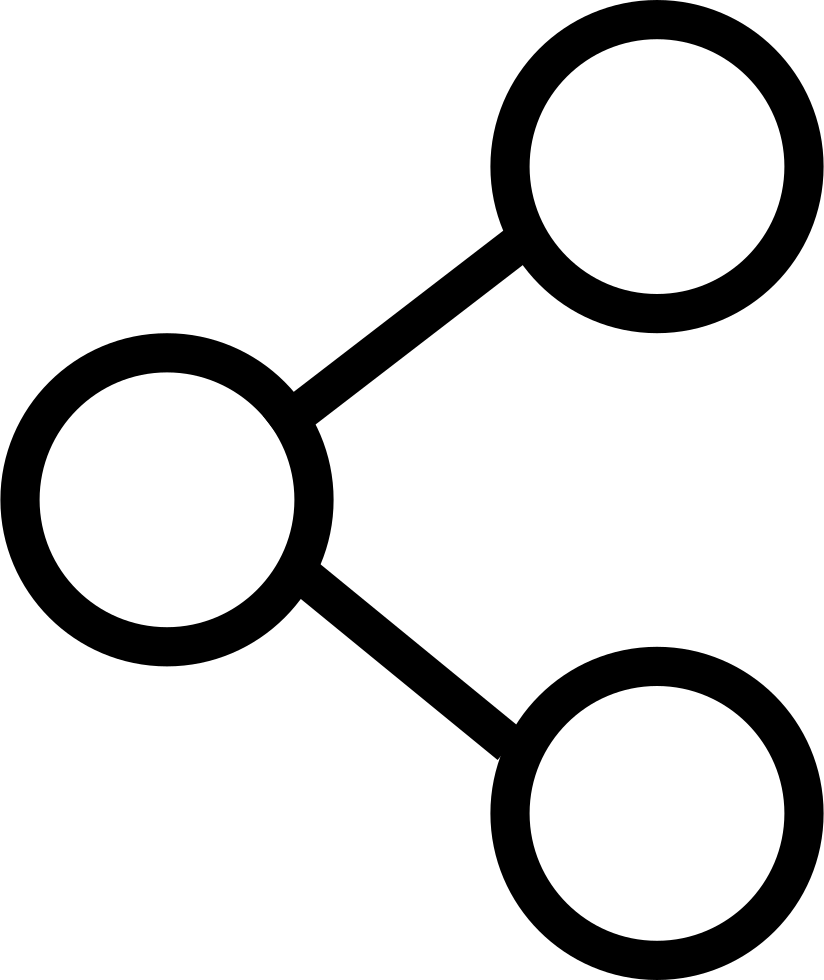
Towards a more secure, dynamic and disruptive digital administration
A futuristic vision that comes to stay
The COVID-19 crisis is acting as an accelerator and lever in many areas of our society, especially in the technology sector, and the public administration is not unaware of this fact. The concept of Digital Administration already contemplated digitalisation or the "zero paper" concept, the electronic processing of administrative procedures or the digital identity of citizens, but the pandemic has made it necessary to accelerate and strengthen this transformation process.
Now an even more ambitious model of service consumption is imposed, one which integrates emerging technologies such as Artificial Intelligence, Big Data, Blockchain or Cloud, among others. The aim is to provide support for the automation of tasks, facilitate secure access to electronic administration and offer a unified vision of public resources in the new scenario.
The appropriate use of these technologies is a key contribution to facing this and other future crises, both from a health and social point of view, as well as to continue generating public value through more efficient and transparent communication channels to interact with the Administration.
The minimization and prevention of health risks, the simplification or flexibility of regulations, the incorporation of technologies, and the transformation and training of public employees and managers are necessary actions to achieve the objectives of quality and safety of public service in this new stage.
A 360º vision from the citizen and from the administration.
Citizens must see a single face of the administration, under the paradigm "a single point of access, N administrations, N x M procedures or services". This will be possible thanks to efficient administrative clustering for global interconnection.

The Digital Administration must approach the interested parties in a personalised way, with a unified vision and eliminating watertight compartments. This translates into a personalised environment as a space for digital citizenship (evolving more purely administrative concepts such as the citizens' folder), where all information of administrative, social, family and labour interest will be accessible, simplifying administrative relations and promoting the provision of these customised digital services.
This new model of relationship "obliges" Public Administrations to exercise transparency and openness in their actions in the exercise of their functions, promoting public integrity.
The concept of administrative "clustering" is very important to materialise this vision, based on intelligent interoperability with a global integration of processes across all public administrations with competences. The application of Blockchain technology in this area could make it possible to create a new paradigm of exchange and integration of the information of the different administrative bodies and government units, as well as that of other actors that interact in the process of collecting data from the interested party (private sector), ensuring the principle of "only once". This will simplify the processes of data and document intermediation and provide a model of relationship based on collaborative and decentralized management.
This 360º vision also applies from the perspective of the administration, since this same model will enable each administration to have, with the corresponding protection and display of sensitive data, a "Single Administrative History (HAU)" of each interested party.
Let's take as an example our closest administration, our town hall. The municipal managers could have a global vision through the UAH; our area of residence, the composition of our family unit, our possible income levels, our work scenario, etc. combined with Artificial Intelligence (AI) that will allow the detection of patterns that help to categorise citizens into groups with common characteristics based on previously defined typologies. An adequate management of all this information can help transform the way our town council interacts with us, being a proactive administration and anticipating what we need, offering and placing in each citizen's profile a package of services totally personalised in their competences, the same could be done by the rest of the administrations with a vision of HAU, offering valuable services in the space of digital citizenship.
With this complete vision of the interested parties, the Administration could continue to innovate towards new models of interaction and anticipate what citizens need based on the knowledge they already have. The application of Big Data in this case will provide governments with the capacity to gather information, not only of an administrative nature, but also in the field of the private sector. All of this will safeguard the privacy of the interested parties, who decide what information they want to make known and for what purposes.
Secure and lifestyle-adapted channels

The interested parties will be able to access their profile in a secure manner, with the same habits, ways and tools that they use in other areas of their private life. Interaction with the administration should be part of their daily lives, and not create additional barriers.
Without forgetting the traditional channels, the digital administration will interact especially with new generation mobile devices and conversational interfaces based on artificial intelligence (AI) and machine learning (ML).
In all this transformation, the key lever will be the digital identity of individuals. Current identification systems based on PKI or concerted keys (Cl@ve, for example), will be replaced by models based on our biometric data; fingerprint, facial recognition and voice. Voice biometrics will become a fundamental element, and it is desirable that from consumer technology such as Siri or Alexa we can not only make purchases or pay by means of our voice, but also access our digital citizenship space.
Similarly, social networks will transcend their current focus to become channels which, through social listening, allow us to understand the thinking of citizens in relation to public services and their impact on the population.
Under this new approach, a fundamental transversal element will be the security and confidentiality of personal data, as well as their privacy in automated processing that can carry out different algorithms.
Intelligent Automation

In order to make it possible to realize the above objectives, a high level of automation in the tasks and interactions is necessary. At this point, the above-mentioned technologies will play a fundamental role, combining data and algorithms to build information systems that are as autonomous as possible in their execution, that can make decisions, choose possible modes of action, recommend in a personalised way, classify and archive based on rules, and allocate resources thanks to the analysis of multiple factors. The human factor must be reserved especially for the definition of strategies, their programming, supervision and control.
Big Data and Artificial Intelligence (AI) combined will give an automated response to future situations based on predictions that are based on learning from large volumes of information (machine learning). In this way, the Digital Administration will be able to offer systems such as:
- Life agenda. Establishment of patterns of vital needs of stakeholders according to various social, cultural, economic, and geographical and why not, own habits.
- Needs planner. Automatic solutions that detect or plan our needs based on these life agendas.
- Intelligent well-being. Similar systems that are proactive in the detection of personal risks and make recommendations, and one day, mandatory guidelines, to improve personal and community well-being.
- Automated administrative actions: Fully automated decision making for administrative acts (resolutions, administrative reviews of requirements, referrals, etc.). in which no direct intervention by a public employee is required.
As a conclusion, it is worth mentioning that the achievement of all these objectives, and therefore the materialisation of this vision, deserves a reflection that goes beyond a merely technological approach. The adoption of this new model of administration will be able to act as a factor in rebalancing the public and private sectors, transforming the perception that citizens have of the service provided by public administrations in general, and turning them into more dynamic agents, adapted to the changes in our societies and to the demands of technologically empowered individuals.










Add comment